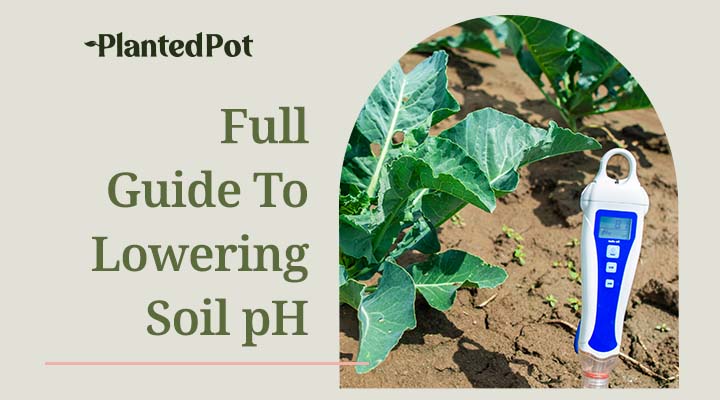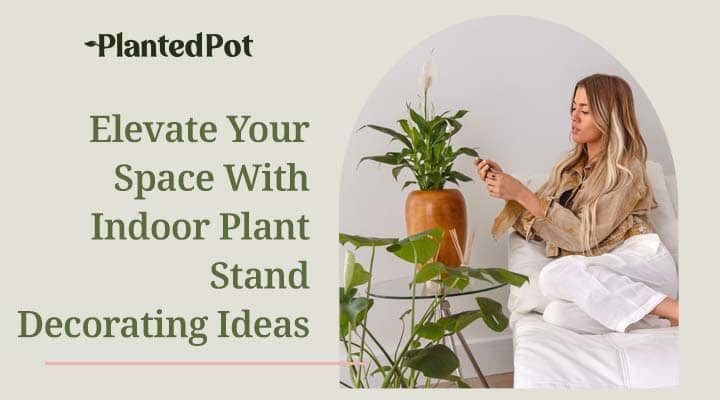
Indoor Flowers: Beautify Your Home With These Stunning Houseplants!
Home / Indoor Flowers: Beautify Your Home With These Stunning Houseplants!
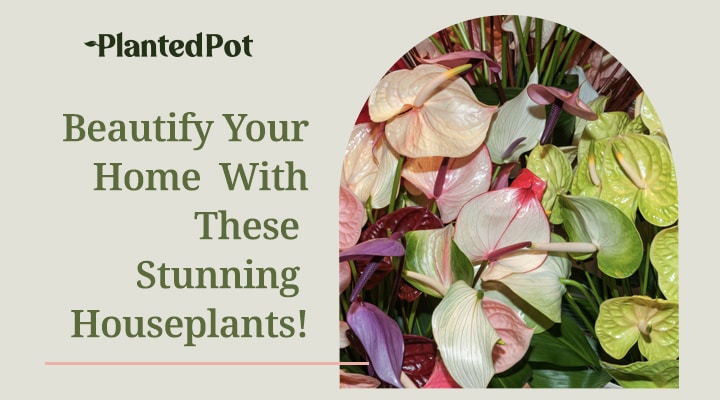
Indoor Flowers: Beautify Your Home With These Stunning Houseplants!
Gardeners looking to brighten up their space often turn to indoor flowers due to their natural beauty and vibrant colors. There is an abundance of indoor flower plants to choose from, ranging from the delicate Orchid to the fragrant Gardenia.
If you’re looking for a beautiful flowering houseplant for your home, then you’ve come to the right place! How the flowers look is obviously a factor! But some houseplants are easier to care for than others. Keep reading to find out which indoor flowers are perfect for your home!
Can You Grow Flowers Indoors?
Yes, they can! The most natural and beautiful way to do so is with flowering plants! Luckily, there are several varieties of flowering plants that can thrive indoors with the proper care.
There are no general rules for caring for flowering plants because each species has its own requirements. But most indoor flowering plants will need water, light, and temperature to stay alive. It’s important to research each flowering plant beforehand to know exactly where to place them and how to make them bloom.
What Are the Benefits of Growing Indoor Flowers?
There are many benefits to growing flowering houseplants. The most obvious one is that they instantly brighten up your home with vivid, natural colors!
In addition to gorgeous flowers, here are some other reasons to consider indoor flowers:
- Air purification: A landmark NASA study found that indoor plants can remove harmful contaminants from the air. In addition to beautifying your humble abode, indoor flowers can help remove indoor toxins and leave you feeling refreshed and positive.
- Stress reduction: According to the latest research, having plants around can boost your mood by reducing stress and anxiousness. Put one by your bedside to encourage rest and feel soothed by their beautiful blooms.
- Increased productivity: Place a flowering plant on your desk to boost your performance at work! Research shows that plants make us more productive and even inspire creativity.
- Give you a routine: While plants are usually easy to care for, they still require some consistent care that can help create a schedule or routine for you. Having something to care for can create a sense of purpose and also be quite satisfying as you watch your plant thrive and bloom colorful flowers!
Are Indoor Flowers Easy to Care For?
They absolutely are! Every indoor flower has its unique care requirements, but most houseplants will need the same basics: Water and a certain amount of light or a specific temperature. Some will also require adequate humidity. Once you understand the basic needs of your flowering plant, you will be able to watch it grow and bloom with ease!
One tip gardeners have for beginners is to use mature plants instead of growing plants from seeds. Fully developed flowers have a better chance to thrive and require less care.
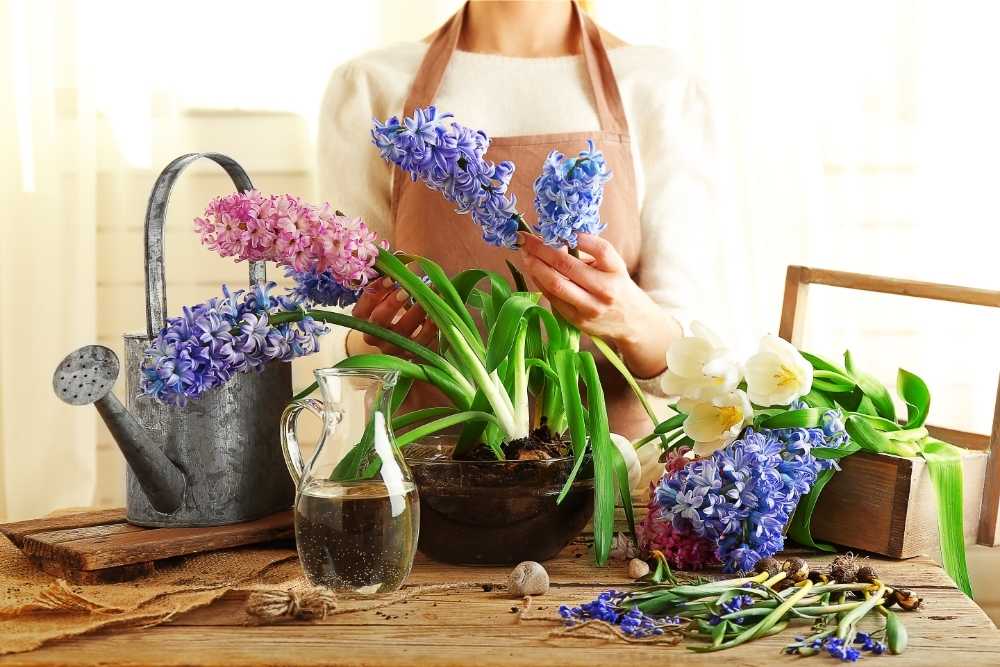
What Is the Easiest Way To Grow Indoor Flowers?
While every plant has its specific requirements to thrive, there are some general rules if you want your plant to bloom. Here are some of the easiest ways to make sure your indoor flowers flourish indoors.
Location
The first thing to do is find the perfect location. Where you decide to place your plant will depend on the type of plant you want to display. Some might need direct light, some might prefer bright indirect light, and some might even like a bit of shade.
It’s important for you to find a spot in your home that meets your plant’s preferences. For example, if your plant likes bright indirect light, you can place it in a sunny living room near a window with blinds that can allow for some filtered sunlight.
Temperature and Humidity
When it comes to location, it’s not just light that matters. It’s also temperature and humidity. Make sure your plant is in a room with a comfortable temperature. Keep your plant away from drafts, including open doors and windows. If the plant doesn’t prefer humidity, don’t pick your bathroom or kitchen. Use a humidifier if your plant does like humidity.
You can also mist plants that prefer a humid environment or place your flowering plants above a tray of water. Elevate your plant by putting pebbles in the tray for the pot to stand on. Don’t let the pot sit in water; this can lead to root rot.
Watering
Watering is another huge aspect of growing indoor flowers. While picking a pot can sometimes be about looks (you want it to match your decor), you should also make sure it has proper drainage. You don’t want to keep your soil moist all the time; this can lead to root rot for some plants. Most flowering plants grow best when soil is allowed to partially dry out between waterings.
From barely moist to moderately moist soil to soaking wet, each plant prefers a different amount of water. When it comes to indoor plants, the general rule is to make sure you water your plant until the soil is evenly moist. Then don’t water again until the first few inches of the soil is dry.
Which Indoor Flowers Are Easiest to Care For?
Looking for indoor flowers that are easy to care for? Here are some indoor plants that don’t require complex care and will leave your home looking stunning with their beautiful blooms of colorful flowers!
Peace Lilies
A striking addition to any home, peace lilies sport glossy green leaves that spread out as they grow and help to embellish the plant’s unique and visually stunning flowers. Cylindrical in shape, the flowers are white-green and resemble a miniaturized, narrow pineapple. Peace lily flowers can extend beyond the green foliage and typically hover above the leaves.
Hoyas
These flowering houseplants are gorgeous, with vibrant star-shaped flowers with a light pink hue and a sweet scent! Despite its elegant appearance, this tropical plant is quite hardy. They tolerate a variety of climates and can even endure low-light settings, making them perfect for indoors.
Christmas Cactus
The Christmas Cactus is one of the most vibrant cacti around. Often found in hanging baskets with green segmented leaves spilling over the sides, these exotic plants feature colorful blooms of coral, pink, red, and white flowers. Want the Christmas Cactus to reach its full, bright potential? Then give it bright indirect light and water whenever the soil is dry.
Amaryllis
These are some of the most beautiful flowering plants for homeowners with a mature, bold decor. Amaryllis plants have dark glossy green leaves and deep red flowers. Put them in direct sunlight to avoid flopping, keep the soil evenly moist, and you’ll get blooms about six weeks later that last for a few months!
African Violets
This classic flowering plant features dainty blooms in purple, pink, and white shades. The African Violet is known to live for decades with the right care. This long-lasting flowering houseplant prefers indirect light, lightly moist soil, and no water on its leaves.
Anthurium
Anthuriums will bloom year-round with very little care. These beautiful plants come with red, white, purple, or pink flowers, making them the perfect addition to your home decor, regardless of style or theme! To get these bell-shaped flowers in your home, provide indirect light, humidity, and moist soil.
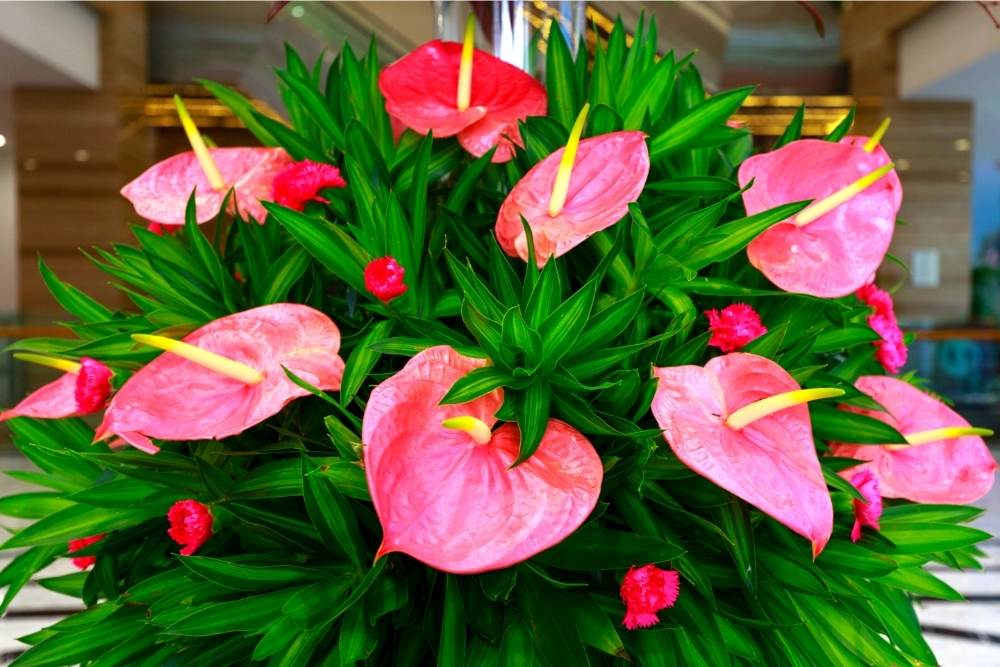
What Should I Do if the Flowers on My Indoor Plants Are Falling Off?
The most common cause of leaves and flowers falling off is improper watering techniques. If you notice your plant’s leaves and petals falling off, this is most likely due to overwatering. When a plant is overwatered, the soil remains too wet, damaging the roots. This damage will ultimately rot parts of the root and kill the plant.
Here are some simple steps to revive an indoor plant that has lost its flowers:
- Repot the plant.
- Make sure the pot itself has drainage holes.
- Use high-quality, well-draining potting soil formulated for indoor plants.
Before placing your plant in its new home, trim any damaged roots off and trim back any leaves that have started to die. In the future, make sure the first few inches of your plant’s soil are dry (or almost dry) before watering again. If the soil is still moist, your plant has enough water to soak up and shouldn’t be given anymore. This will help to reduce mold, pests, and root rot.
Do Indoor Flowers Attract Bugs?
Even though your plants are inside, they can still, unfortunately, attract bugs. This is especially true for plants grown in humid rooms or areas with a lack of air circulation.
Some of the most common pests that love to latch onto indoor plants are:
- Aphids
- Spider mites
- Gnats
- Mealybugs
- Whiteflies
Although quite rare, pollinators, like bees, may also be attracted to certain flowers, coming through open windows to get to them. You can help avoid pests by putting a clove of garlic in the plant’s soil. This will repel a lot of insects. Mist the bottom of the plant’s leaves if they are a plant that can tolerate wet leaves. Doing this will kill bugs that hide underneath.
Final Thoughts – Indoor Flowers
Looking for the perfect plant for your home? Nothing can beat a flowering houseplant, adding a striking touch of color to any room. Every flower brings its own appeal, whether it’s giving a unique smell or helping to add a bit of elegance to your decor.
When it comes to finding the perfect indoor flower for your house, look for low-maintenance plants that don’t require a lot of care to bloom. The plants we mentioned above just need consistent watering, the right light and temperature, and the perfect spot in your home to thrive. If you want to see colorful, beautiful flowers like those found in Anthuriums and Peace Lilies, then head on over to our shop to find the right indoor flowering plant for your home!



